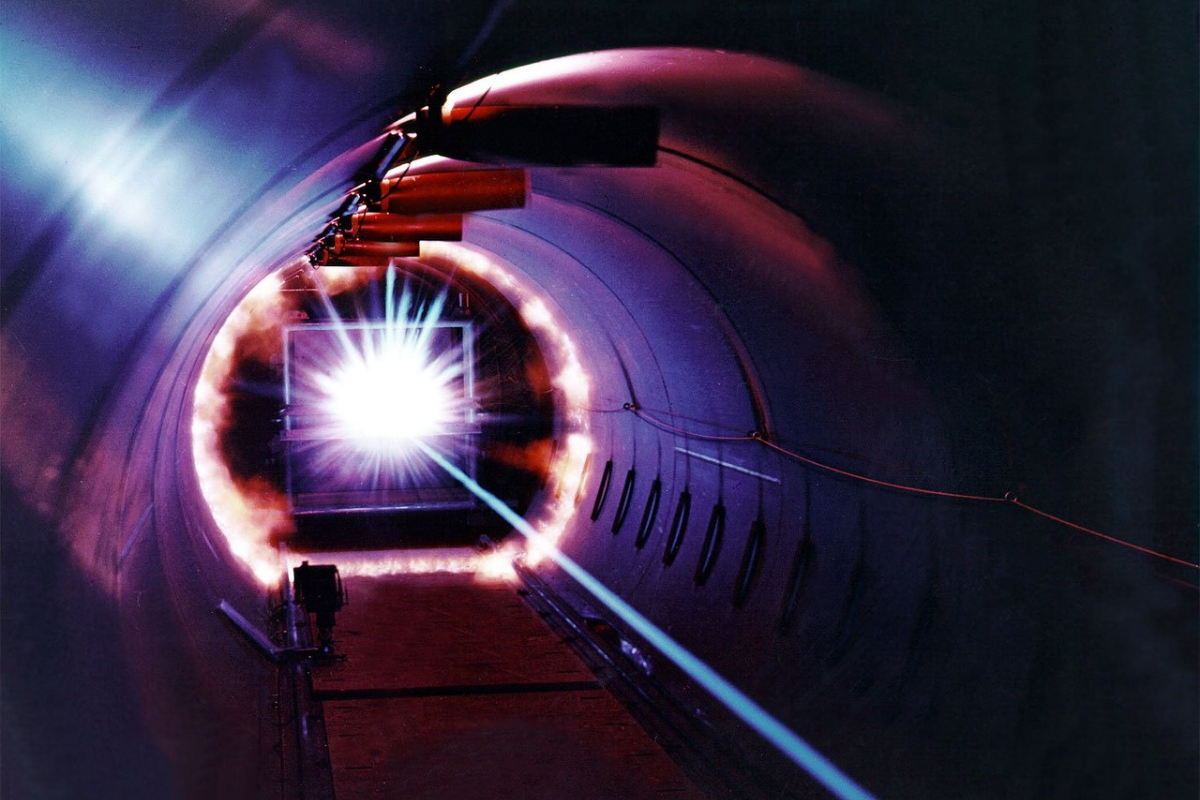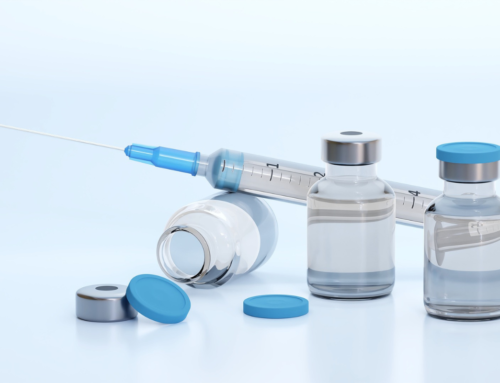In its broadest sense, spectroscopy is used to investigate and measure spectra produced when a substance interacts with or emits electromagnetic radiation. All known matter absorbs or emits light and will give off a unique spectrum depending on the frequency at which the interaction with light occurs. This makes it a useful tool for studying molecules, and for determining the composition of an unknown substance. Different wavelengths are used depending on the substance being measured and this can vary depending on the substances state (solid, liquid, gas) as well as the type of substance it is (biological, organic, inorganic, etc.,) Therefore, wavelength matters in spectroscopy and the right one has to be selected to get the best results. Spectroscopy is used in a variety of industries in sectors, and is widely used in space science for studying spectral emission lines. Indeed, two of the founding directors come from a space science background having worked on projects with both the European Space Agency (ESA) and the National Aeronautics and Space Administration (NASA).
Back on Earth, the team at IS-Instruments (ISI) specialises in the design and development of compact, remote sensing equipment and particularly, Raman spectroscopy, for use in nuclear decommissioning, biopharmaceuticals, pharmaceuticals, high value manufacturing and other sectors. Our core instruments comprise of a range of High Etendue Spectrometers (HES) available with a choice of excitation wavelengths. In addition to these, we have also developed ODIN, our compact deep UV Raman spectrometer which offers fluorescence free results and, currently in development is our gas phase Raman, Aura, which uses a hollow core micro structured optical fibre as the sensing medium. The question we hear often is, how do you know which instrument and which wavelength to choose to deliver the best results.
Determining which wavelength will produce the optimum measurement results depends on the sample in question as wavelengths can affect the fluorescence, integration time and resolution. Fluorescence is an absorption effect and can sometimes hide finer details when attempting to measure Raman scatter. Lower powered excitation lasers usually require longer integration time to produce higher resolution spectra. Longer wavelengths can require a higher-powered laser to achieve spectra in a shorter time however this carries safety concerns dependent on the environment and will also increase the likelihood of sample damage. Shorter wavelengths can also damage samples and in the process, alter the results of the measurement.
1064 nm
Fewer molecules are absorbed in the near infrared (NIR) therefore a 1064 nm excitation wavelength offers superb fluorescence suppression. NIR is commonly used when analysing samples with a known high fluorescence background, however it is also the wavelength that has the lowest scattering intensity in comparison to 355, 532 and 785 nm.
1064 nm excitation lasers might be commonly used to analyse highly fluorescing samples, but they do carry an increased risk of sample damage when compared to the use of visible lasers. This longer wavelength is often used for measuring substances such as pigments, dyes, and edible oils.
785 nm
The most commonly used excitation wavelength, it offers a decent balance between spectral resolution, fluorescence, detector efficiency and cost. It produces a stronger Raman signal for over 90% of active Raman materials with very low risk of damaging samples and is a good choice for measuring chemicals and organic materials.
532 nm
This shorter and higher energy wavelength is more efficient and requires significantly less interaction time than at higher wavelengths. It offers high sensitivity and is the ideal choice for metal oxides and inorganic materials which exhibit low or no fluorescence. It is commonly used for gas phase measurements .such as for methane, carbon dioxide, hydrogen and solvent vapours.
355 nm
This wavelength is good for measuring complex biomolecules, chromophores, and aromatics which typically demonstrate high fluorescence and therefore cannot be effectively measured at longer wavelengths. These systems invariably use high-powered gas-pumped or pseudo-pulsed lasers and are expensive to buy and maintain owing to the requirement for water-cooling or gas purging. Therefore, these instruments tend to only be available at research facilities.
Our deep UV Raman spectrometer, ODIN, is a compact, ancillary-free instrument capable of unprecedented Raman characterisation of complex biological material. It operates at 228.5 nm with a diode laser custom-made by Toptica, and does not require a chiller unit. ODIN fits on a desk, is significantly more affordable than the instruments currently used in academia and its unique configuration allows maximum throughput whilst limiting power density at the target, minimising the opportunity for sample degradation. ODIN has many applications including biopharma, biomedical, security and defence, process manufacturing and for the identification of hazardous materials. In tests, ODIN has successfully measured tryptophan, and identified arthritis in equine synovial fluid.
| Wavelength (nm) | Pros | Cons |
| 355 | Good for measuring biological samples in low concentration | Sample damage. Cost. |
| 532 | High scattering intensity, good for inorganic materials. | High fluorescence can mask the minute spectral details. |
| 785 | Produces a stronger Raman signal for over 90% of active Raman materials with manageable fluorescence. | Problematic for highly fluorescing substances. |
| 1064 | Low fluorescence. | Low scattering intensity, potential for sample damage from powerful laser. Cost. |
Our gas phase Raman instrument was developed with partners from the Optoelectronic Research Centre at the University of Southampton, and Jacobs, and the developers have been awarded a patent due to its revolutionary design. Operating at 532 nm, Aura uses a hollow core micro-structured optical fibre to increase the path length to allow more opportunity for the gas(es) to interact with the laser to produce spectra. Unlike gas chromatography, Aura can detect and determine gases without anticipatory column and detector selection, can measure multiple gas species simultaneously and even identify homonuclear diatomic variations. Aura has been used to monitor hydrogen blending within natural gas pipelines.
ISI now offers an in-house sampling service for one off or ad hoc measurements. Customers can send their sample, and we will select the optimum instrument and wavelength for the best result. This eliminates the requirement for the customer to have in-house knowledge for instrument operation as well as minimising costs.






